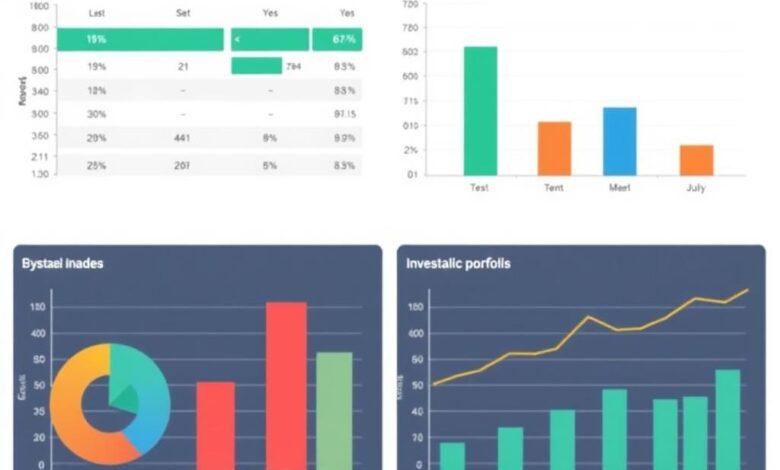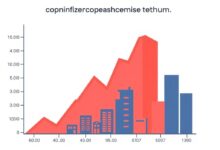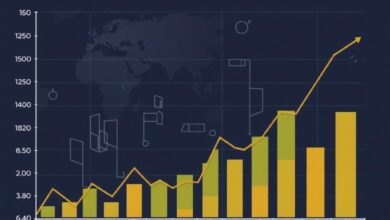How to invest in collectibles and alternative assets

Consider acquiring fine wine as a strategic approach for building long-term wealth. The market for exquisite vintages has shown consistent appreciation, making it a compelling choice among enthusiasts and investors alike.
Focus on sourcing rare items that possess intrinsic value. Limited edition collectibles, whether they are vintage watches or classic art pieces, often appreciate significantly over time, driven by their scarcity and demand within niche markets.
Understanding the nuances of valuation is key. Research provenance and market trends to identify pieces with potential for future growth. Engaging with experts and attending auctions can provide insights into which assets are likely to yield substantial returns.
Ultimately, diversifying your portfolio with unique investments not only enhances its overall value but also allows you to enjoy the aesthetic and cultural benefits these treasures bring into your life.
Identifying Valuable Collectibles
Focus on provenance. Items with a well-documented history of ownership often carry higher value, especially in categories like art and wine. Seek pieces that have been previously owned by notable figures or featured in reputable galleries and exhibitions.
Rarity is key. Limited edition releases or unique works are more likely to appreciate over time. Research market trends for specific items–certain artists may see their popularity surge, enhancing the desirability of their works.
Condition matters significantly. Ensure items are preserved well; any damage can drastically lower value. For fine wine, proper storage conditions can maintain quality and enhance long-term worth.
Engage with expert appraisals. Consulting professionals who specialize in specific fields can provide insights into potential value and authenticity, helping to avoid counterfeit issues that plague the market.
Network within collector communities. Join forums and attend auctions to gain firsthand experience and knowledge about what drives demand for rare items. Relationships with other collectors can lead to exclusive opportunities and insider information.
Consider cultural significance. Art pieces or collectibles tied to pivotal events or movements often attract attention from investors looking for long-lasting investment potential.
Finally, stay informed on market shifts. Trends evolve, so continuous education on valuation changes will help identify emerging opportunities in the world of rare items, art, and fine wine.
Market Trends Analysis
Focus on sectors demonstrating consistent growth. Rare items, such as vintage wines and limited-edition collectibles, are showing an upward trend in value. Consider these areas for a long-term investment strategy.
- Wine: The fine wine market has grown significantly, with certain vintages appreciating by over 10% annually. Look for bottles from renowned regions like Bordeaux or Burgundy.
- Art: Contemporary art continues to attract high bids at auctions. Emerging artists often yield substantial returns when their work gains recognition.
- Sports Memorabilia: Items linked to iconic athletes have surged in popularity, especially those with verified provenance. Signed jerseys and rare trading cards can command impressive prices.
Keep track of auction results to gauge demand and establish benchmarks for valuation. An informed approach will help identify opportunities before they peak in price.
- Monitor market reports regularly to stay updated on trends.
- Engage with collector communities to gain insights into emerging valuable items.
- Diversify your portfolio within this segment to mitigate risks associated with individual investments.
A thorough understanding of current trends will enhance decision-making and increase the likelihood of securing profitable acquisitions in the future.
Storage and Preservation Tips
Utilize climate-controlled environments for valuable items like art and wine. Temperature should ideally range between 55-75°F with humidity levels around 40-60%. This helps maintain the integrity and value of your investments over time.
Store artwork in acid-free materials. Use archival boxes or sleeves to prevent damage from dust, light, and moisture. Avoid direct sunlight exposure, which can fade colors and deteriorate surfaces.
For wine, ensure bottles are stored upright to prevent corks from drying out. Label each bottle with purchase date and storage conditions for easy tracking of long-term potential.
Invest in quality display cases made from UV-filtering glass for pieces that require showcasing. This protects against environmental hazards while allowing appreciation of craftsmanship.
Avoid overcrowding in storage spaces; ensure ample airflow around each item to mitigate risks of mold or mildew. Regularly inspect your collection for signs of deterioration or pests.
Document provenance meticulously. Maintain detailed records of purchases, appraisals, and restoration efforts; this enhances overall value when considering future sales.
Regularly engage with specialists for condition assessments. They can provide insights on preservation techniques tailored to specific types of art or vintage wines.
Implement a rotation schedule for displayed items to minimize prolonged exposure to harmful elements while keeping your collection dynamic and engaging.
Evaluating Investment Risks
Assess value fluctuations meticulously. Understanding the historical price movement of items like fine wine or art is pivotal. Analyze sales records, auction results, and expert appraisals to gauge long-term appreciation potential.
Consider market volatility. The demand for specific items can change rapidly based on trends, economic conditions, or cultural shifts. Regularly reviewing market reports helps identify emerging patterns that may affect valuations.
Create an exit strategy. Knowing when to sell is just as important as knowing what to buy. Monitor performance regularly and set predefined criteria for selling an item, especially in fluctuating markets like art and wine.
A comprehensive understanding of these risks enhances decision-making capabilities. Prioritize continual education about the sectors you engage with, ensuring informed choices in this unique investment landscape.
Finding Reliable Dealers
Verify credentials by checking for memberships in reputable organizations, such as the International Society of Appraisers or the American Art Dealers Association. Dealers with these affiliations often adhere to strict ethical standards.
Request references from previous clients. A trustworthy dealer should have a history of satisfied customers who can vouch for their integrity and expertise, especially in niche markets like rare wine or fine art.
Examine online reviews on platforms like Trustpilot or Yelp. Consistent feedback about transparency and reliability will help you gauge the reputation of a seller before making any commitments.
Attend industry events, auctions, and exhibitions. This enables personal interaction with dealers, allowing you to assess their knowledge and passion for rare items firsthand.
Inquire about provenance documentation for high-value pieces. Authenticity is key; reliable dealers should provide verifiable history that confirms the item’s background and worth.
Check for guarantees and return policies. Trustworthy vendors will offer assurances that protect your investment against misrepresentation or defects.
Engage in conversations about market trends related to specific categories like art or vintage collectibles. Knowledgeable dealers are often well-informed about current demand and can guide you towards lucrative purchases.
Always trust your instincts. If a deal seems too good to be true or if something feels off during discussions, seek alternatives without hesitation. Your comfort level is paramount when dealing with significant transactions.







